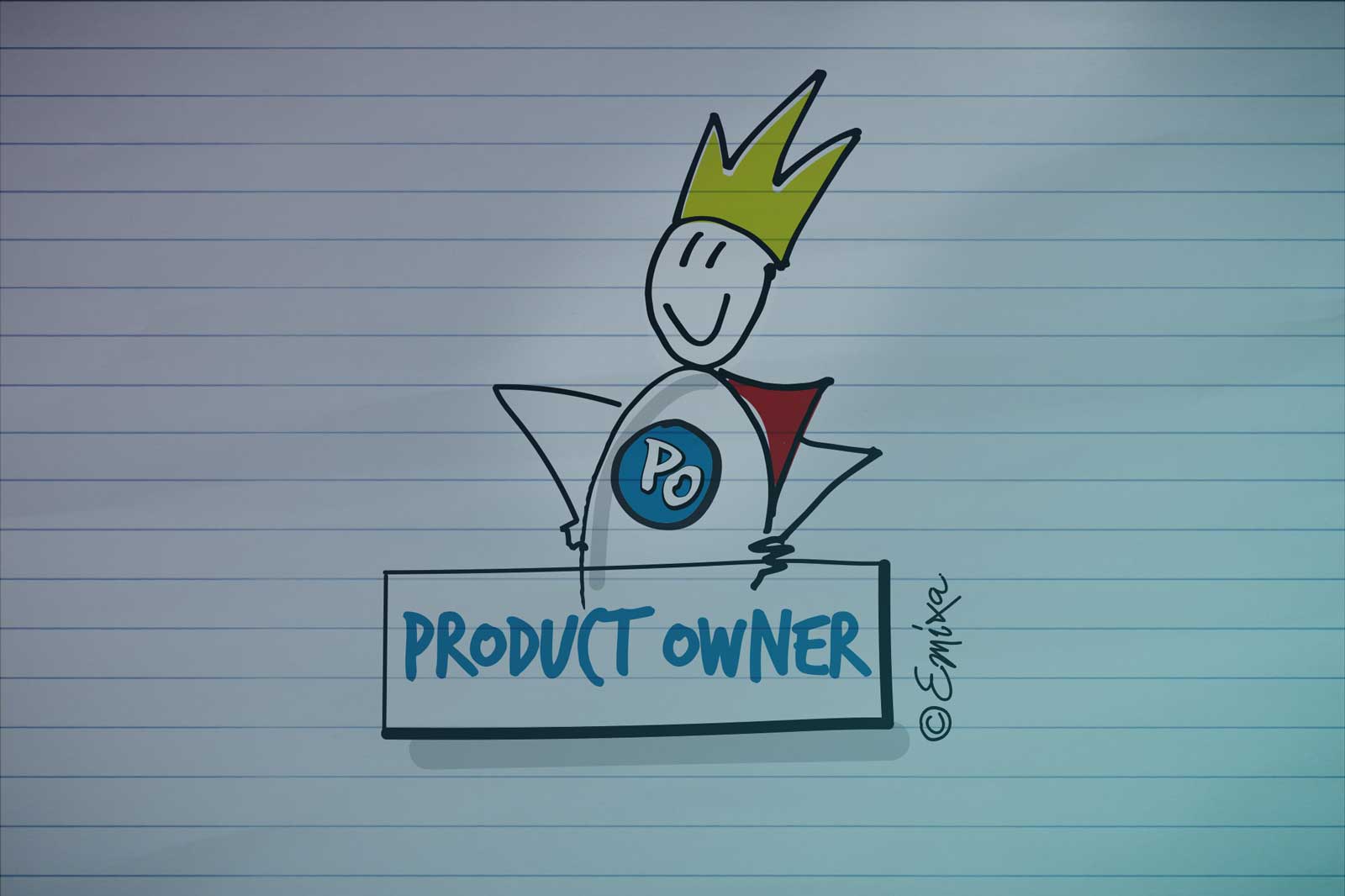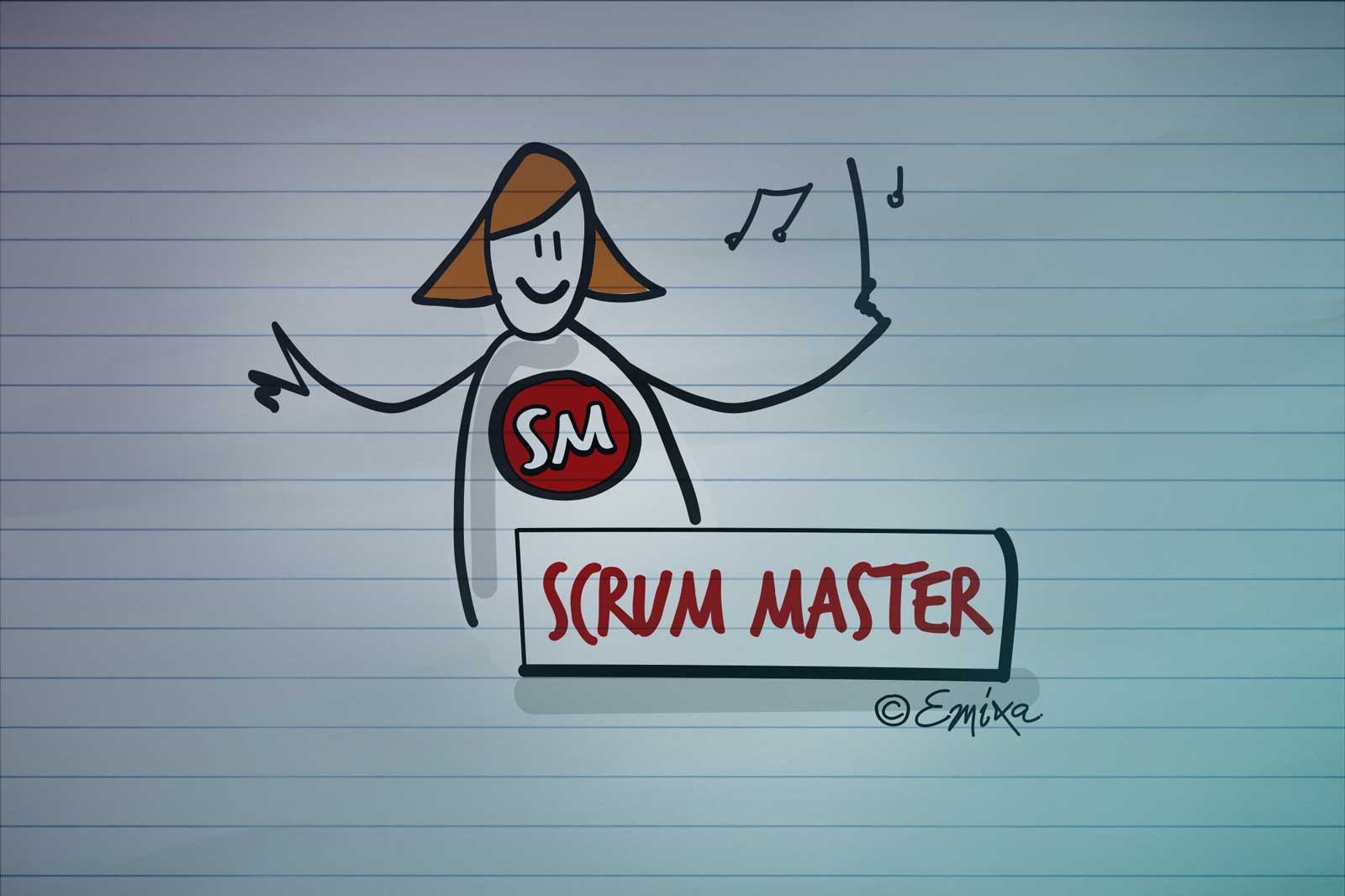Agile Way of Working? Beware of These 6 Pitfalls
Last edited on Apr, 07 2025 07:05:07 AM
Reading time: 3 minutes
Written by Corine Beerpoot
Table of contents

Agile working: empty buzzword or indispensable strategy? Some see Agile as the holy grail for companies in a world full of change, while others find it a hassle with post-its. The fact remains: organisations that take Agile seriously often thrive where others struggle. Curious about how to make Agile work for you and what to avoid? In this blog, you will discover the strengths and pitfalls of Agile working.
1. Insufficient Understanding of Agile Principles
Agile starts with a solid understanding of its underlying principles. Many organizations adopt tools such as sprints and stand-ups. That’s nice, but without insight into the philosophy behind Agile, implementation may remain superficial and fail to deliver the intended benefits. What teams develop may then lack sufficient value for the customer.
Solution:
-
Training and education: Invest in deep training for all stakeholders, from team members to management. This helps in understanding the 'why' behind Agile.
-
Gaining practical experience: Create space for teams to experiment with Agile methods, such as testing new functionality in an app or conducting pilot projects.
-
Dare to fail: Foster a culture where failure is allowed as long as lessons are learned. Unilever even awards a prize for the biggest 'failure' of the month. In Agile, this is called License-to-Fail.
-
Cultural change: Agile is more than a method; it’s a mindset. Ensure all stakeholders understand that the goal of Agile is to deliver value to customers, not just to follow processes blindly.
2. Scrum Turning into a Bureaucratic Process
Agile prioritizes individuals and interactions over processes and tools. When teams focus too much on Agile processes themselves, it can reduce effectiveness and efficiency. Stand-ups may drag on for 30 minutes or more, involving entire project teams or departments. Retrospectives may be scheduled months after a phase ends or become repetitive every two weeks.
Solution:
-
Keep Stand-ups short and to the point: Limit them to 15 minutes, focusing on obstacles and progress. Raise issues but discuss them outside the stand-up.
-
Vary Retrospectives: Plan them around specific themes to keep them engaging and avoid repetition. Sometimes a brief evaluation suffices, while at other times, a more in-depth session may add value.
-
Introduce meeting-free days: Some companies benefit from having one day a week with no meetings, allowing teams to work uninterrupted, enhancing focus and productivity.
-
Use technology: While in-person collaboration is best, tools like Slack or Trello help with asynchronous status updates. Miro or Mural are essential for creative teamwork, such as brainstorming sessions, roadmaps, or retrospectives.
3. Thinking from Own Solutions Instead of Customer Needs
People tend to think from the perspective of solutions they can offer customers, leading to many assumptions. For example, furniture retailer Beter Bed assumed customers wanted beds delivered as quickly as possible. However, customers preferred a later delivery with an exact time over a fast delivery with a broad time window. Similarly, fashion brand G-Star expected its basic collection (like plain T-shirts) to sell best online, but expensive, exclusive products sold faster because customers knew they could return high-priced items if they didn’t fit.
Solution:
-
Create feedback loops: Regularly seek customer feedback through A/B testing, system or app data, or qualitative research. Use these insights to validate assumptions and adjust priorities.
-
Work with personas: Develop clear customer personas to help teams understand their audience. This makes it easier to make decisions that align with customer needs.
-
Prioritize customer value: Make customer value a core part of daily work. Regularly review backlog items based on validated customer value. Plan monthly backlog clean-ups to retain only the most valuable items.
4. Poor Backlog Management
A well-managed backlog is essential for keeping teams focused and fostering efficient collaboration. However, many backlogs become overloaded, causing teams to lose focus and productivity. This leads to difficulties in setting common sprint goals, roadmap creation, and excessive time spent on stakeholder management.
Solution:
-
Regular clean-ups: Plan short monthly sessions to clean up the backlog. Remove items that no longer add value or align with current priorities.
-
Use clustering: The Product Owner should provide focus. Group related User Stories into themes or problem statements, or use a User Story Map.
-
Think in terms of MVP: Focus on developing a Minimum Viable Product (MVP) that delivers customer value, then expand incrementally.
-
Backlog 99: Maintain a separate backlog for new, fragmented requests, allowing them to be temporarily parked before being assigned to an Epic or specific team member.
-
Say no: "Maximize the work not done." It’s crucial to say no to certain requests to ensure the most valuable ones for the end user are delivered.
5. Lack of Management Support
Without proper management support, Agile teams cannot function optimally. They may be burdened with operational roles alongside their Agile responsibilities, leading to conflicting priorities, lack of focus, and disappointing results.
Solution:
-
Create focus: Give teams clear responsibilities and prevent them from being distracted by operational tasks.
-
Mandate for the Product Owner: Ensure the Product Owner can make independent decisions and set priorities without management interference.
-
Encourage collaboration and improvement plans: Management should play a supportive role by removing obstacles for teams. Train teams on Agile planning and management on what to expect from them.
6. Lack of Flexibility in Scaling Up
Scaling Agile within an organization presents challenges. Dependencies arise between teams working on the same or related products, making coordination more complex. Poor management of this can lead to release delays, duplicate work, and underutilization of organizational knowledge and expertise.
Solution:
-
Use a scaling approach for Agile: Frameworks like SAFe (Scaled Agile Framework) help manage a shared backlog, coordinate between teams effectively, and allocate budgets appropriately.
-
Manage dependencies: Maintain a central backlog and use tools and meetings to map and manage team dependencies.
-
Choose a clear team structure: Define and communicate a clear team structure, whether organized around customer journeys, functionality, platforms, skills, or capacity.
Summarising the Pitfalls and Tips:
-
Invest in training to fully understand Agile principles.
-
Choose solutions that fit your organization and minimize bureaucracy in processes like Stand-ups and Retrospectives.
-
Focus on customer value.
-
Keep the backlog manageable and prioritize strategically.
-
Ensure management support and minimize distractions.
-
Use an appropriate framework to scale successfully.
Working Together on Agility?
Agile working can make a world of difference for your organization. Want to discover how to implement Agile successfully? Schedule a free consultation and explore the possibilities!
Get in touch with the authors
Our experts are happy to share their insights and explore how your organisation can take the next step.
Last edited on Apr, 07 2025 07:05:07 AM
Reading time: 3 minutes
Written by Corine Beerpoot
Also see..
Overview4 Tips for Hybrid/Remote Working as a Product Owner
In the evolving landscape of remote work, the role of a Product Owner (PO) within Scrum teams has...
Read more ⟶Mastering Online Retrospectives: Five Essential Tips
We already wrote about how to deal with the 3 most common challenges for a scrum master working...
Read more ⟶3 Tips for Working Remotely as a Scrum Master
Scrum teams work best when they can work together physically at the same location. However, it is...
Read more ⟶

